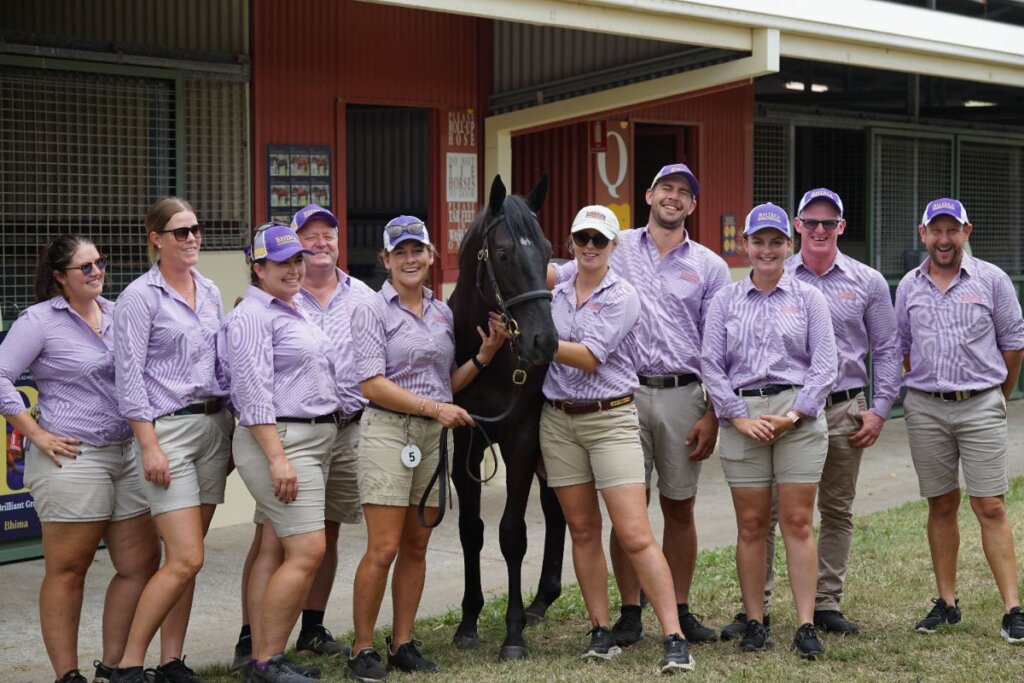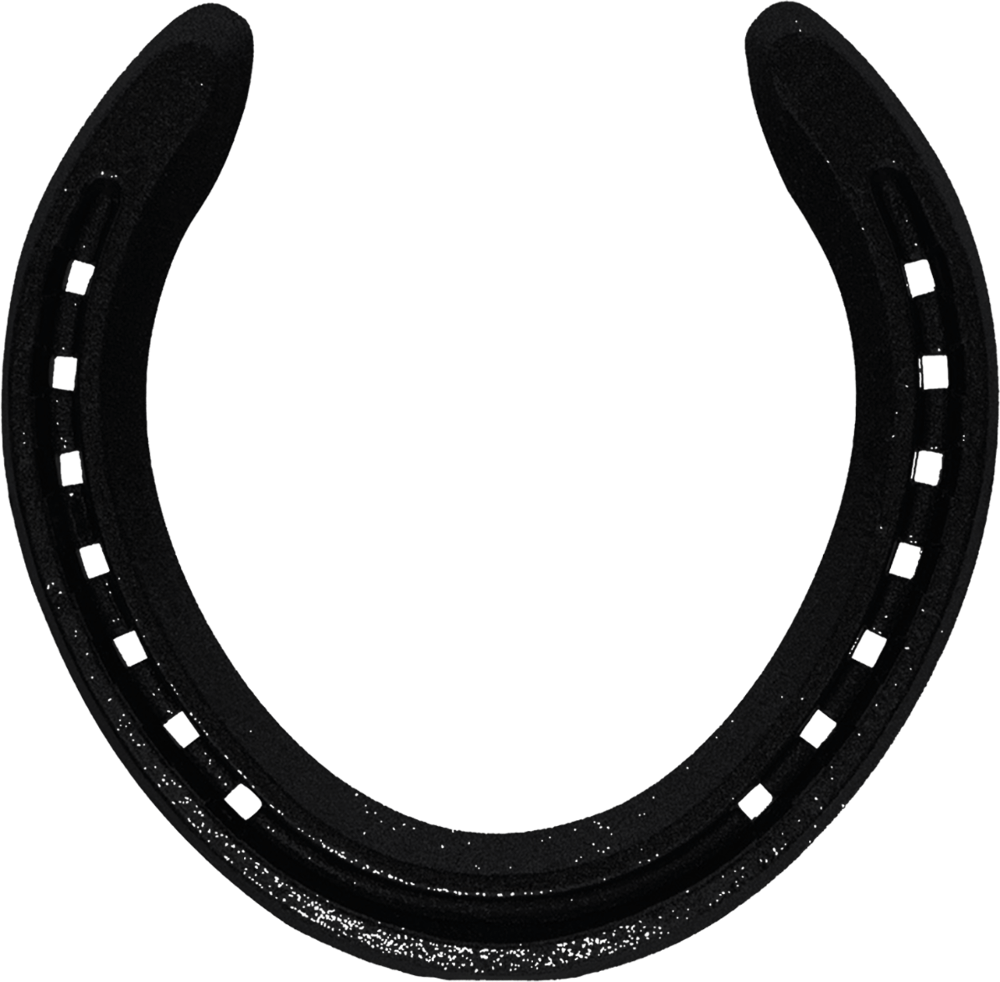Preparing yearlings for sale is a delicate balance of part keeping them in a routine and part making sure they get enough work to look their best for the sale.
Yearlings enter prep 10 weeks before shipping to the sale with the majority of the drafts prepared at Bhima, though Bhima also takes yearlings from farms such as Kia Ora and Glentree where they know the standard of raising and preparing is the same as theirs.
The great thing about the preparation is that it gives the team an early insight into how the horses will handle a racing environment. The horses are used to being turned out 24/7 and aren’t handled often so it is an extreme change for them.
“Horses are surprisingly adaptable, but I do think we get a very early insight into how a particular horse will cope with the pressures of racing in a stable environment,” said Mike Fleming. “As a vendor, we are able to see very early key indicators of what an individual yearling can handle. A yearling that doesn’t settle or eat will often replicate those traits when put under pressure in their racing career.”
Aware of how much their routine has changed, Bhima spends the first week easing them into the new routine with the goal of teaching them skills they’ll need at sales but also when racing.
“At the start of the prep it’s heavily focused on education and getting them into a routine,” Fleming explained. “Horses thrive on routine and that takes about a week for them to settle in. We teach them about leading and learning to walk properly. As they progress, the amount of hand walking increases.”
Unlike other farms, Bhima doesn’t lunge its yearlings. Anything that may put extra pressure on their immature joints is avoided and the horses are turned out for two hours a day for natural exercise. Not only does this allow for the yearlings to burn off pent up energy but also allows for the horses to strengthen up their bones and helps with their growth.
As yearlings progress in preparation, they also learn more about standing properly for shows and how to walk next to a handler.
“Hand walking is invaluable for teaching yearlings to stride out and walk well at the sales,” he said. “They don’t get that same level of education from a walker, as they need to learn to respect the handler. It’s amazing how some horses will relax and walk for some people better than others. It’s also important for them to learn to stand properly, good education at this time will reap huge rewards come the stressful environment of a yearling sale.”
While the level of exercise may change depending on what the horse needs at any specific phase of prep, the routine stays the same.
Horses start their day at 6 a.m. when they go on the walker for half an hour before two hours of turn out. When they are brought back in, they’re groomed and prepared for on-farm inspections before hand walking after lunch. At four in the afternoon, horses are rugged and fed for the evening with the staff heading home soon after.
This has been a successful program with the farm selling multiple million dollar horses and stakes winners throughout the years, proving that Bhima has indeed found the perfect balance for their horses.





